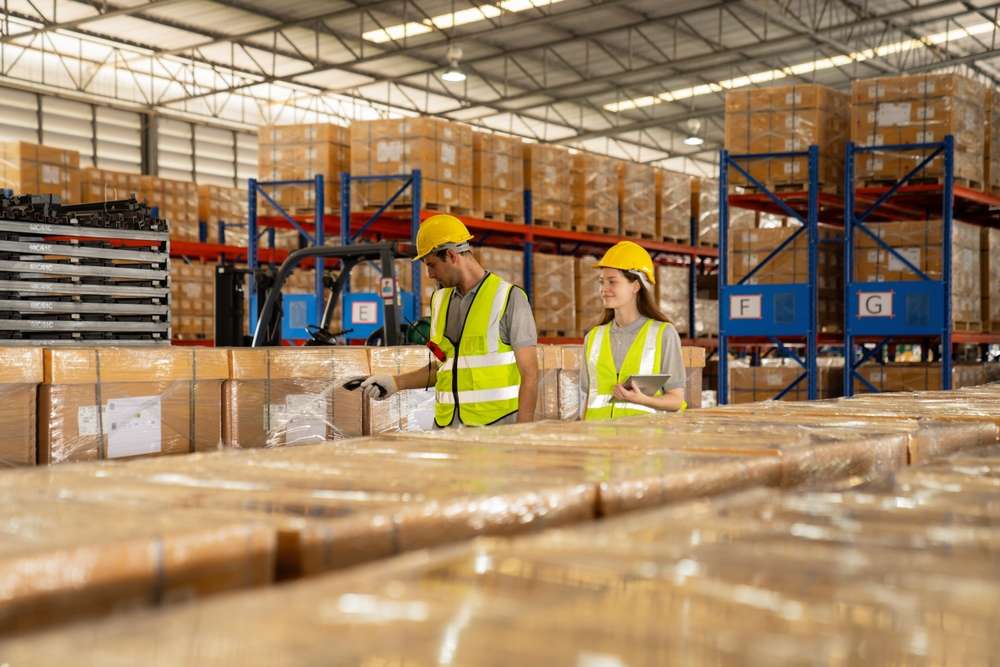Exploring the Realities Behind Packing Jobs
Packing work can seem straightforward at first glance, yet the industry is far more diverse than many expect. From food processing facilities to global e-commerce logistics, each environment shapes the day-to-day experience differently. Some roles offer steady routines and structured settings, while others involve seasonal demand, shifting schedules or fast-paced production lines. Understanding how tasks, safety standards and expectations vary across countries can help shape a clearer picture of where you might feel comfortable and motivated. The more you know about workplace culture, physical requirements and growth potential, the easier it becomes to make a decision that fits your personal goals.

Packing work sits at the core of global supply chains, linking production lines, warehouses, and last‑mile delivery. While tasks vary across sectors and facilities, most roles combine careful handling, accurate labeling, and timely preparation of goods for transport. Many positions emphasize quality checks, basic documentation, and coordination with pickers, machine operators, and inventory teams. The work can be repetitive, it often involves productivity targets, and it demands consistency, situational awareness, and attention to safety.
Types of packing roles in international industries
In e‑commerce fulfillment centers, packers assemble orders, verify SKUs, add protective materials, and print shipping labels under strict cut‑off times. Food and beverage facilities emphasize hygiene, allergen controls, and temperature management, with duties that may include sealing, date coding, and visual inspection of packaging integrity. Pharmaceutical and medical-device sites typically require documented procedures and cleanroom or controlled environments. Electronics and semiconductor packing can involve anti‑static handling, moisture protection, and batch traceability, while apparel operations center on size verification, tagging, and returns processing.
Beyond sector-specific rules, facilities differ by the level of automation. Some roles focus on feeding or unloading conveyor lines, operating wrapping and sealing machines, or staging pallets for dispatch. Others remain largely manual, centered on counting, weighing, and kitting. Entry requirements vary: many roles are accessible with minimal prior experience, but regulated industries may need training in GMP or HACCP principles, familiarity with barcoding systems, and strong recordkeeping. Accuracy, communication across shifts, and comfort with handheld scanners are common expectations.
Working conditions in logistics and warehouses
Packing environments are typically fast-paced. Workers may stand or walk for most of a shift, handle repetitive motions, and lift light to moderate loads within defined limits. Facilities can be noisy, and temperatures range from chilled zones for perishables to warm areas near machinery. Employers usually provide personal protective equipment suitable to the site—such as gloves, ear protection, safety shoes, or high‑visibility vests—along with guidelines for safe lifting and workstation setup.
Schedules often include rotating or fixed shifts, with nights, weekends, or peak periods depending on volume. Many operations track performance using metrics like units per hour, error rates, and on‑time staging. Ergonomic practices, clear signage, and hazard reporting procedures help reduce risk, while induction training covers site rules, emergency routes, and proper use of equipment. Tools of the trade commonly include RF scanners, label printers, tape dispensers, box cutters with safety features, and stretch‑wrap machines for palletizing. Local labor regulations influence break patterns, overtime rules, and rest periods, so policies differ by location.
Seasonal vs long-term packing work
Demand for packers often surges during holiday retail peaks, harvest seasons in food processing, and product launches in consumer goods. Seasonal assignments can run from a few weeks to several months, sometimes coordinated by staffing agencies. These roles typically prioritize quick onboarding, standardized training modules, and flexible availability. Advantages include fast entry into the workforce and exposure to different industries. Considerations include variable hours, changing shift patterns, and short notice for schedule updates.
Longer-term roles, whether direct-hire or ongoing contracts, emphasize consistency, deeper process knowledge, and cross‑training across packing, receiving, and inventory tasks. Over time, workers may build expertise with specialized materials, temperature‑controlled handling, or automated lines. Many organizations outline progression paths—such as team lead, quality technician, machine operator, or inventory coordinator—often supported by internal training or external certifications (for example, forklift licensing where applicable). Transferable skills include time management, problem-solving, visual inspection accuracy, and collaborative communication across departments.
In choosing between seasonal and longer-term commitments, it helps to consider personal schedule preferences, tolerance for repetitive tasks, and interest in learning equipment or compliance standards. Reviewing safety practices, performance expectations, and training options can clarify how a particular facility operates. Understanding how the role fits within receiving, picking, packing, and dispatch functions can also highlight opportunities to broaden skills over time.
Conclusion Packing roles provide essential continuity for the movement of goods, combining reliability, precision, and teamwork. Conditions, duties, and expectations vary by sector and facility, but the fundamentals—safe handling, accurate documentation, and steady output—remain consistent. By assessing work environments, shift structures, and training opportunities, individuals can align packing work with their strengths and longer‑term goals in the logistics ecosystem.




